When it comes to food preservation for survival, I am always trying to find the best technique. I want to preserve not only the taste of the food, but also the nutrients. Freeze drying and dehydrating are easy techniques that you can do at home.
Are you curious to discover the differences between freeze drying and dehydrating food for survival? In this week’s Prep Blog Review I’ve gathered 4 articles on this topic.
- How To Freeze Dry Food, With And Without A Machine
“Learning how to freeze dry food is something that’s gaining popularity.
It doesn’t come as a surprise to us, because many preppers are now simply discovering the “long forgotten” art of freeze drying their foods at home.
In truth, freeze drying has been in constant commercial use for generations. Applying it in your home is quit easy, with or without a special machine.”
Read more on BeSurvival.
- How To Freeze Dry Your Food In Your Home
“Learning about the common methods of food preservation is important. When we find ourselves in a situation where food scarcity is on a large scale and the number of people dying because of starvation is rising at an alarming rate, having stocked or preserved food is definitely a life saver.
There are food preservation methods and one of them is through the process of freeze drying. Through vaporization, this process removes the moisture from the food. One of the awesome things about this method is you can save freeze dried food for a lot of years.”
Read more on Survival Life.
- How To Freeze Fish For Long-Term Survival
“Living in a world where supermarkets are out of business is certainly no easy task. In order to survive in such world, you will be forced to hunt or fish for your food. Fishing for long-term sustenance requires for you to know various methods of preserving fish.
Of all flesh foods, fish is the most susceptible to tissue decomposition, rancidity and microbial spoilage. To prevent your fish from going bad there are some popular solutions that people have been using with great success. Preserving fish can be done through freezing, canning, pickling and smoking.”
Read more on Prepper’s Will.
- 6 Rules To Follow When Dehydrating Foods
“Before you go crazy dehydrating, keep in mind that there are a few rules to follow to ensure food longevity, freshness and prevention of discoloration.
You can dehydrate any fruit or vegetable, regardless of quality or ripeness. If something is too ripe and soft, you can always puree it and dry the puree. Although using the best quality fruits and veggies will result in the best quality dried goods, remember that the goal here is preservation, not perfection. So don’t be afraid to dehydrate the bruised, overripe, and slightly damaged goods. Just make sure not to put mold in the dehydrator as it can spread and infect the rest of the foods.”
Read more on Ready Nutrition.
This article has been written by Drew Stratton For Survivopedia.


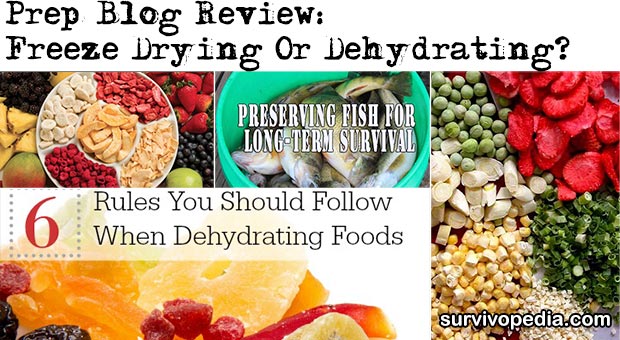
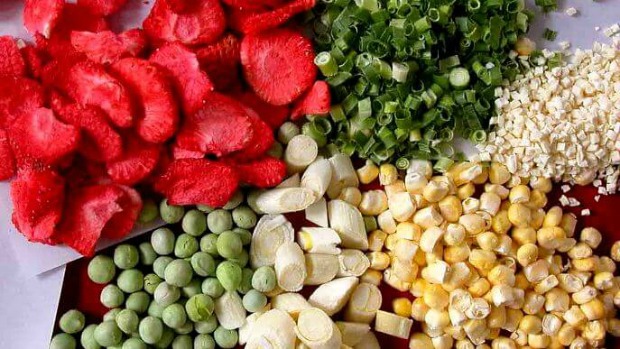
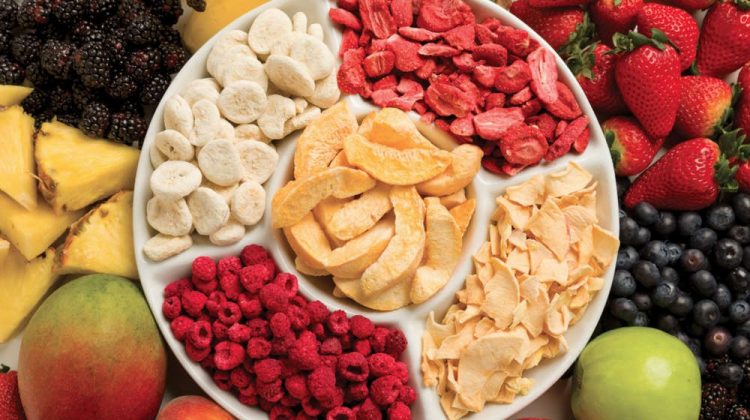
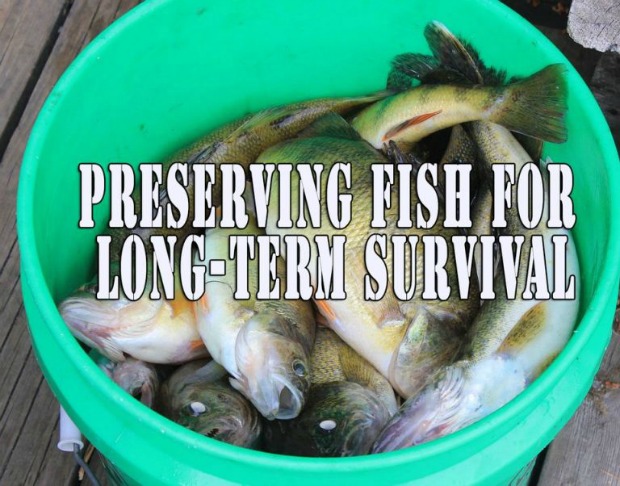
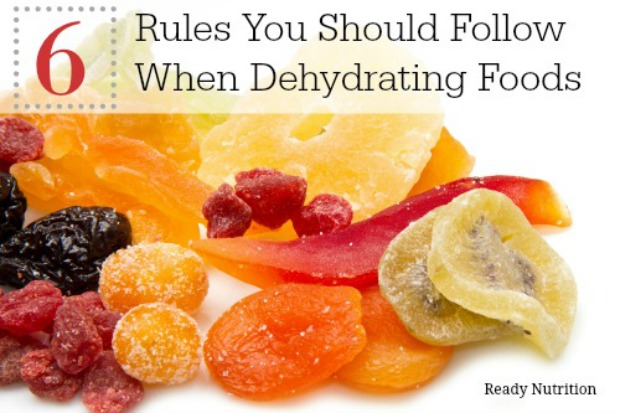



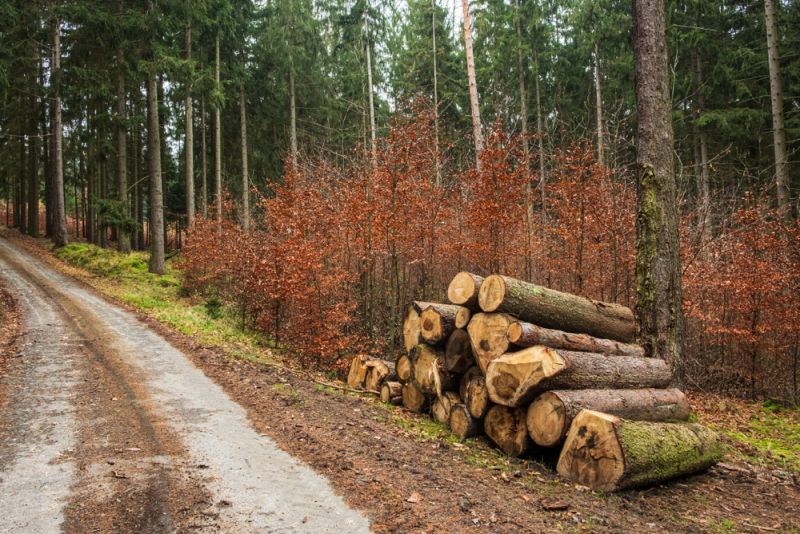



Debbie kennedy | February 16, 2017
|
To make dehydrated foods last longer they should be stored in Mylar bags with oxygen absorbers. I store my dehydrated foods in glass mason jars that I vacuum seal. Because mason jars are clear glass I store them in cardboard boxes to keep them from light sources that can destroy the color and nutrients of your food supply.
Loretta | February 20, 2017
|
I moved to the south and the first year I was here I discovered my flour would get buggy in no time, I asked my elderly mother in law how she kept her flour from bugs and she told me to put in in a tightly sealed plastic bag and put in the freezer for at least 48 hours and it wouldn’t get buggy. I’ve been doing this for 25 years and no bugs!